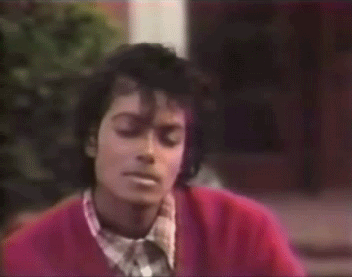Petrarose
Proud Member
- Joined
- Jul 25, 2009
- Messages
- 9,574
- Points
- 0
^^Let's see:
1) says the issue is what the assets were worth in 09 before death & not what IRS says it is after the death.
2) For property, IRS can test the value based on events that happen after the death, But the estate has the right to value the property based on events prior to death in 09
3) For image after death, you use model where you do a forecast of money to be earned in the future, apply a capitalization rate and that gives you a present value (I guess that is the math part).
So to me he is saying image always involve a projection of monies to be earned in the future.
For property it goes either way--current or future: IRS could get a value by looking at what happened in the future, but the estate still has the right to go by what they knew in 09 before the death. To me, that means both are right in what they are doing, if it is true that the IRS is using factors after 09 to get a value. However, the IRS has not said that they are using factors after his death, so I will wait and see what unfolds in court.
It seems to me that being the IRS, if they can test using influences after the death, and realize that by doing that the person/estate will have to pay more money, then they will go by that method. Likewise, if the estate sees that using the current/09 situation will make them pay less taxes, then they will stand by their rights and use that method. However, what the IRS thinks Michael's value was in 09 vs what the estate thinks, is not the same. This is why I find the whole thing interesting.
Then, if image involves the future income projections why did the estate put such a low value to it?
1) says the issue is what the assets were worth in 09 before death & not what IRS says it is after the death.
2) For property, IRS can test the value based on events that happen after the death, But the estate has the right to value the property based on events prior to death in 09
3) For image after death, you use model where you do a forecast of money to be earned in the future, apply a capitalization rate and that gives you a present value (I guess that is the math part).
So to me he is saying image always involve a projection of monies to be earned in the future.
For property it goes either way--current or future: IRS could get a value by looking at what happened in the future, but the estate still has the right to go by what they knew in 09 before the death. To me, that means both are right in what they are doing, if it is true that the IRS is using factors after 09 to get a value. However, the IRS has not said that they are using factors after his death, so I will wait and see what unfolds in court.
It seems to me that being the IRS, if they can test using influences after the death, and realize that by doing that the person/estate will have to pay more money, then they will go by that method. Likewise, if the estate sees that using the current/09 situation will make them pay less taxes, then they will stand by their rights and use that method. However, what the IRS thinks Michael's value was in 09 vs what the estate thinks, is not the same. This is why I find the whole thing interesting.
Then, if image involves the future income projections why did the estate put such a low value to it?
Last edited:



